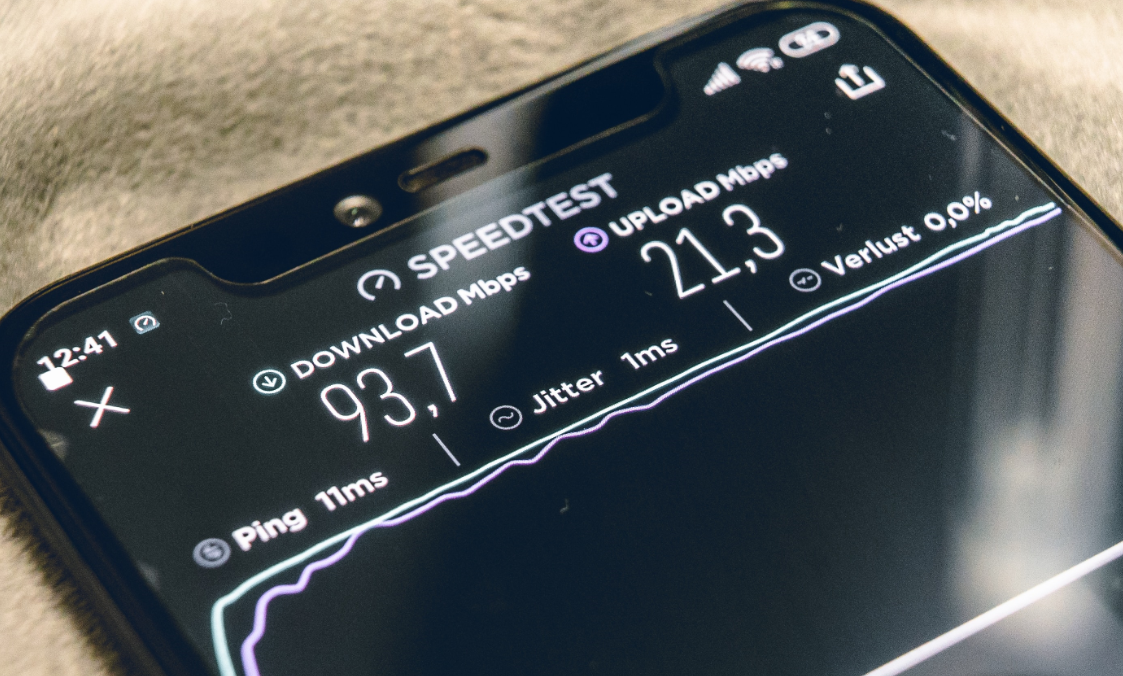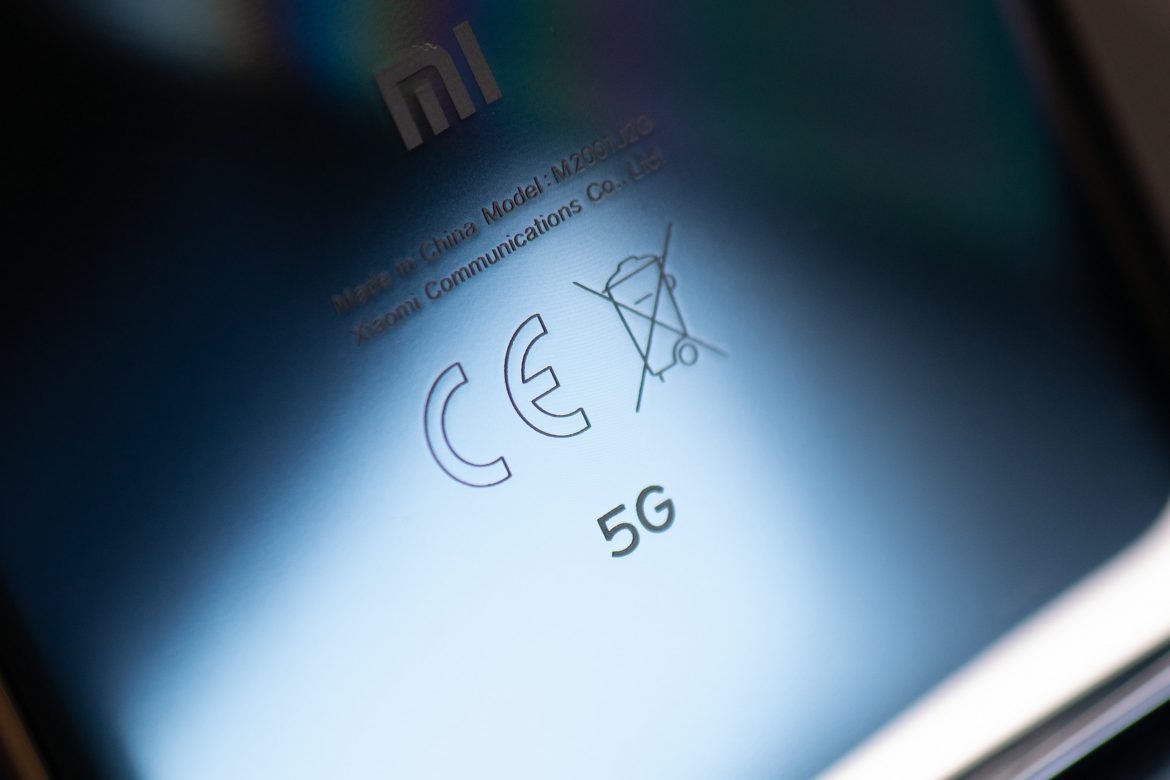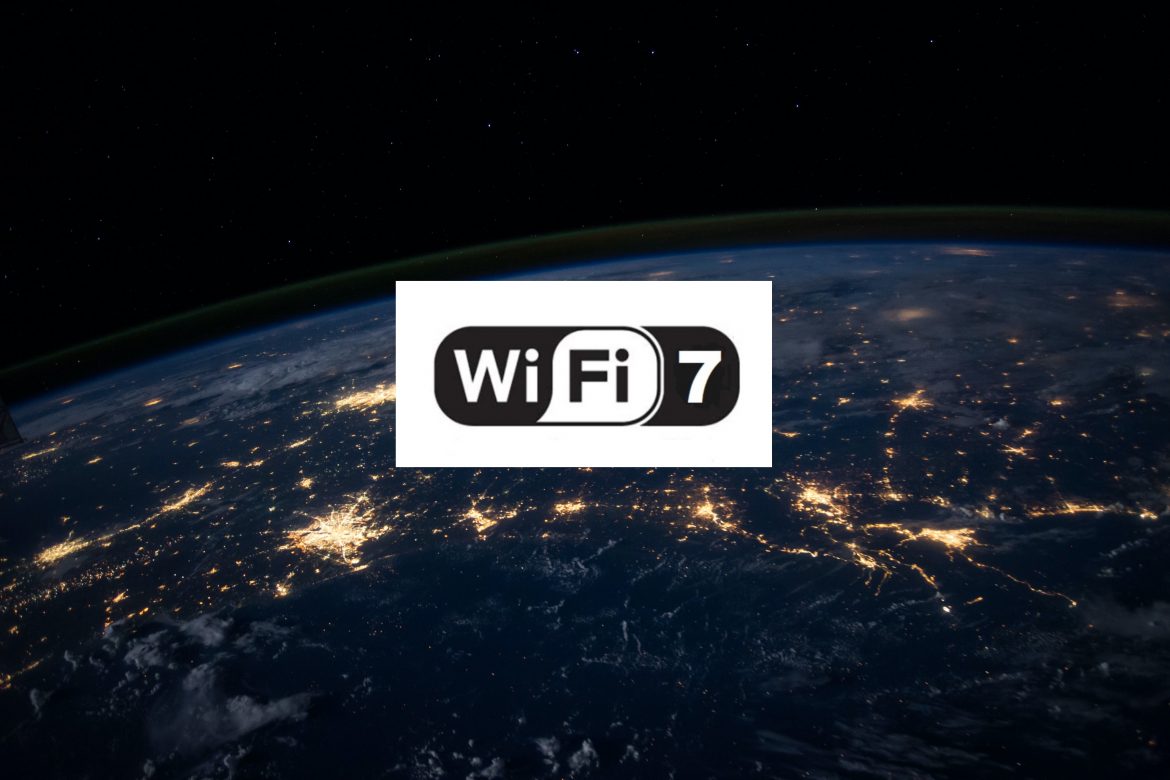Is there anything worse than slow Wi-Fi or a poor data connection? Waiting for a webpage to load or watching a video b-b-b-buffer. It is so frustrating!
More and more people are now opting for 4G or 5G cellular connectivity in their homes, replacing fibre broadband that’s too slow. Many households are also using 4G/5G connectivity as a back up in the form of hybrid broadband.
Why do people choose cellular broadband? Sometimes it’s because of the price of regular wireless broadband, which can be expensive – Especially in more rural areas where it’s also slow. In these instances, cellular signal if more often than not a faster option.
4G LTE and 5G do have their own restrictions though. Slow data rates on 4G LTE and 5G are also common. But is there a way to improve your 4G signal speed and data rates?
How Can I Improve My 4G LTE or 5G Speed?
There are three main things you can try to help improve your 4G and 5G data rates:
- Update your Device
If you are using old devices, you may only be connecting to older bands. Using a new phone, tablet, laptop or hotspot could help you to connect to new bands. The newer the device, the more likely they are to support a newer version of the 4G LTe or 5G spec, which would in turn bring you faster data rates. - Try using External Antennas
Many major carriers have hotspots that support external antenna ports. You may find that using an external antenna could help you to improve signal strength, signal quality and help you access bands that aren’t getting indoors.
- You could try a Signal Booster
The majority of phones (as well as some hotspots) do not have external antenna ports. If you are trying to improve data rates on your phone, you could use a signal booster. They work by amplifying your signal as well as increasing the signal strength of the signal. You can also use them alongside external antennas – They enable the rebroadcast of improved indoor signal.
What configurations can I use to improve 4G / 5G signal strength?
There are a couple of configurations that our Wi-Fi experts would recommend giving a go.
1. Latest Hotspot + Directional Outdoor Antennas
If you’re happy to use Wi-Fi for distributing your signal indoors, then you can use a hotspot (from your chosen carrier) used alongside external antennas which are mounted on the outside of the building.
Pros
- If you already have a hotspot, this can prove highly cost-effective
- Easy to support MIMO (multiple input, multiple output). Using multiple antennas can help improve performance
- Offers the fastest available data rates
- Using directional outdoor antennas can help improve signal to interference and noise ratio (SINR) as well as enabling you to access weaker outdoor bands, and improve MIMO performance
Cons
- It requires a hotspot, with a line of service
- Your system will be hard-wired. Mobile phones will be able to connect via Wi-Fi but won’t see better 4G/5G signal.
- 4G LTE or 5G Signal Booster + Directional Outdoor Antenna
A mobile signal booster is a great alternative if you don’t have a hotspot, don’t fancy one or simply cannot afford the monthly charges associated with adding a phone line. You may also just want to have wireless 4G / 5G coverage inside, which a mobile signal booster will give you.
A mobile phone signal booster works by amplifying the signal from outdoors and then rebroadcasting it indoors via wireless. Thus getting you the best data rates.
Pros
- Provides wireless coverage for multiple devices
- Will works with existing phones
- You don’t need a hotspot or extra phone line
- Using the directional outdoor antennas can help to improve SINR
- A booster could enable you to connect to weaker bands
Cons
- Boosters are SISO (single input, single output) with one antenna outside and one antenna inside. This means you cannot use MIMO with this option, and it decreases speeds by approximately 33%
- This option can be more expensive than external antennas
What can cause slow 4G / 5G data rates?
If we’re trying our best to improve our 4G and 5G data rates, it would make sense to identify what actually causes rates to be slow. There are five main factors that can affect the 4G LTE / 5G data speeds you experience.
- The Signal Quality (SINR)
The quality of signal in 4G / 5G networks is measuring in signal to interference and noise ratio (SINR). If you can increase your SINR, you can dramatically improve your data connection speed. As outlined above, you can improve your SINR by using a directional outdoor antenna, which can also be connected to a signal booster or directly to your 4G / 5G hotspot. - The Number of Connected Bands
Carrier Aggregation is when your phone (or hotspot) is able to use multiple bands to connect to the tower simultaneously. This means that the more bands you are connected to, the higher your data rates. - The Signal Strength (Reference Signal Received Power)
You might be thinking that signal strength must be the most important factor, but it’s actually not. In 4G and 5G networks the RSRP signal strength certainly does matter, but it’s not the most important thing. Check your RSRP – If it’s already stronger than -100dBm, then having a stronger signal won’t help to increase your data rates.
- Congestion
As you can imagine, the more users there are on the tower, the lower your data rate is going to be. The congestion in the tower will also vary by band. In general, lower frequencies penetrate buildings more than higher frequencies. This means that the higher frequency bands are usually less congested. This means that using an outdoor antenna and connecting it directly to your hotspot or signal booster Ican really help you to access the less-congested bands. - MIMO Support
Using MIMO means that you can use multiple antennas to increase data rates by about 30%. The majority of mobile phone signal boosters are SISO (Single Input, Single Output) but you could install two systems in parallel to get a MIMO booster. - Throttling
If you’re with a Mobile Virtual Network Operator, it means that the service provider does not own the wireless network infrastructure. This means that the main carrier’s network may treat your connection like a second-class citizen and find yourself throttled! Throttling may also occur if you use a lot of data per month. Throttling is how the service providers manage the data they provide – They can de-prioritise certain users and even stop their connection going over a certain speed.
Get in touch
If you’re struggling with wired broadband, and not getting the reliable internet connection you need in your rural business or home, then 4G / 5G could be a fantastic option for you.
It can feel like a big jump to give up on your wired broadband connection and opt for 4G – Which is where our Cell Coverage 4G survey comes in.
We can tell you exactly whether 4G broadband would work for you, and which network would be most reliable.











